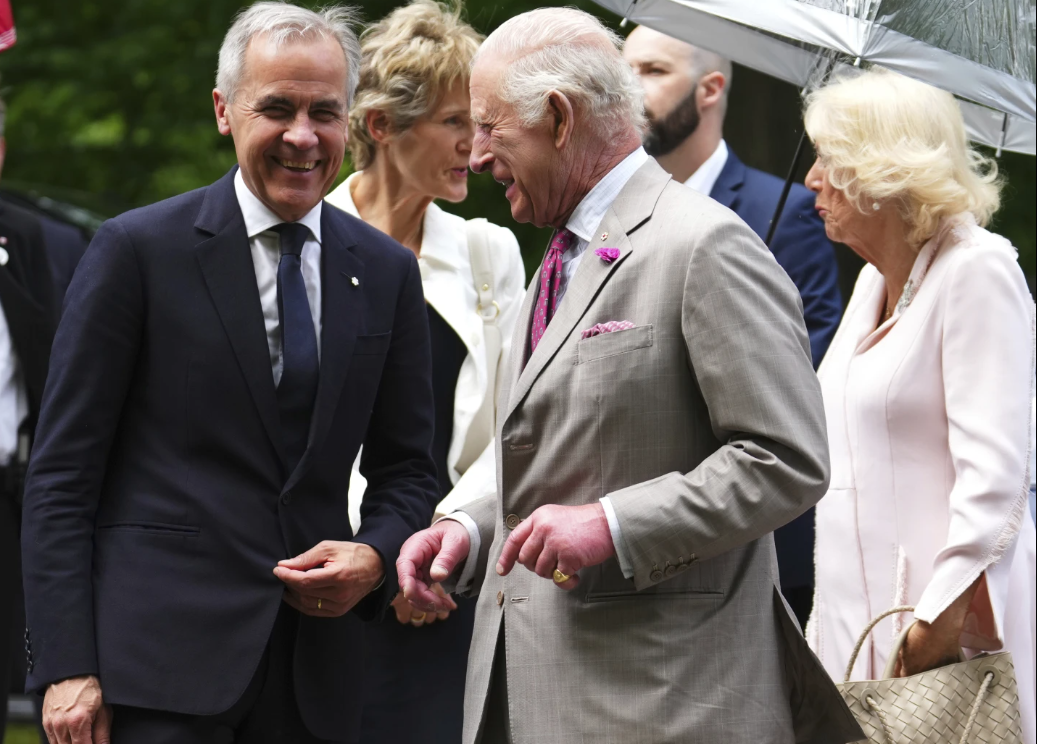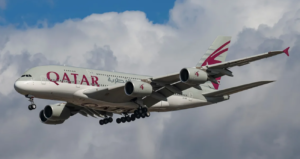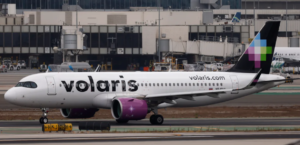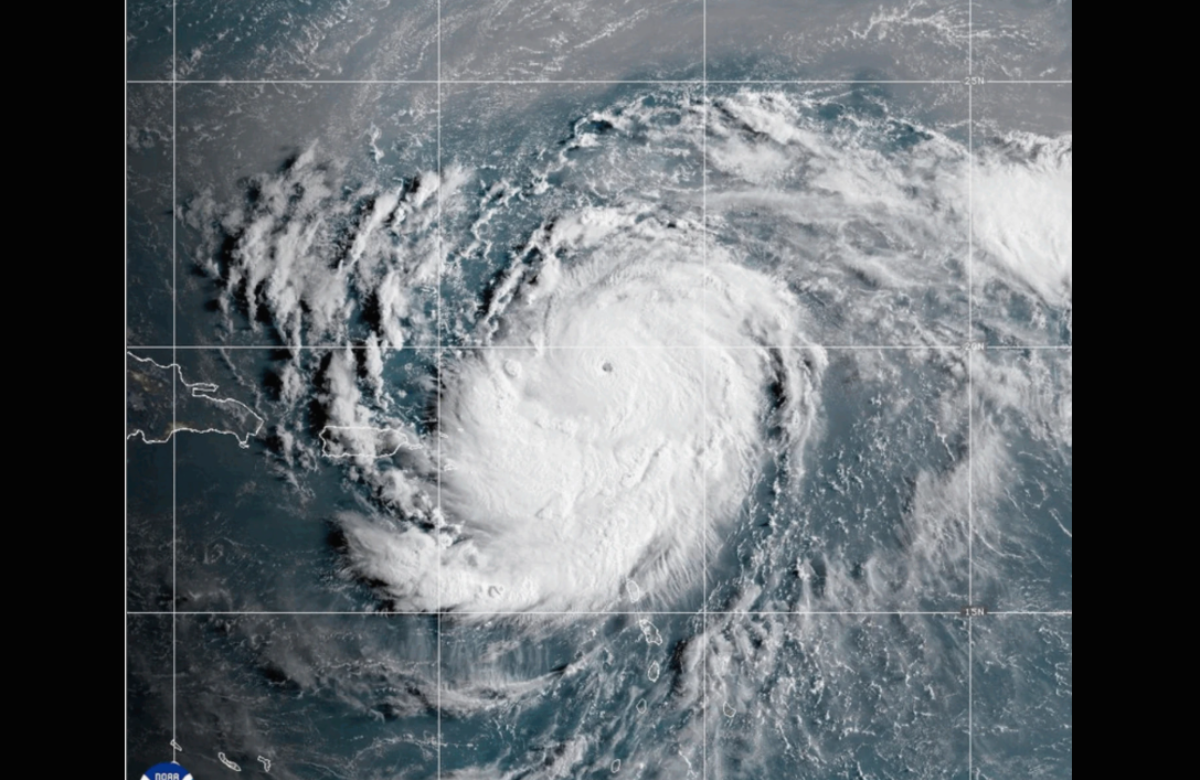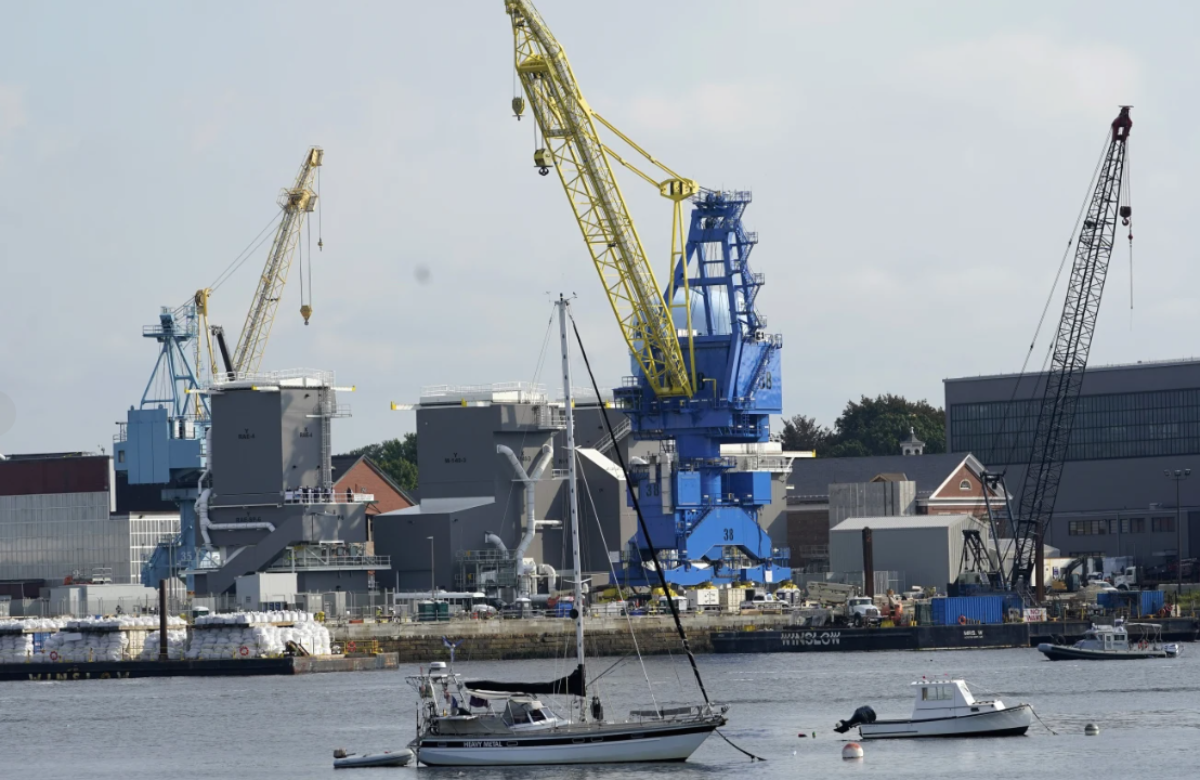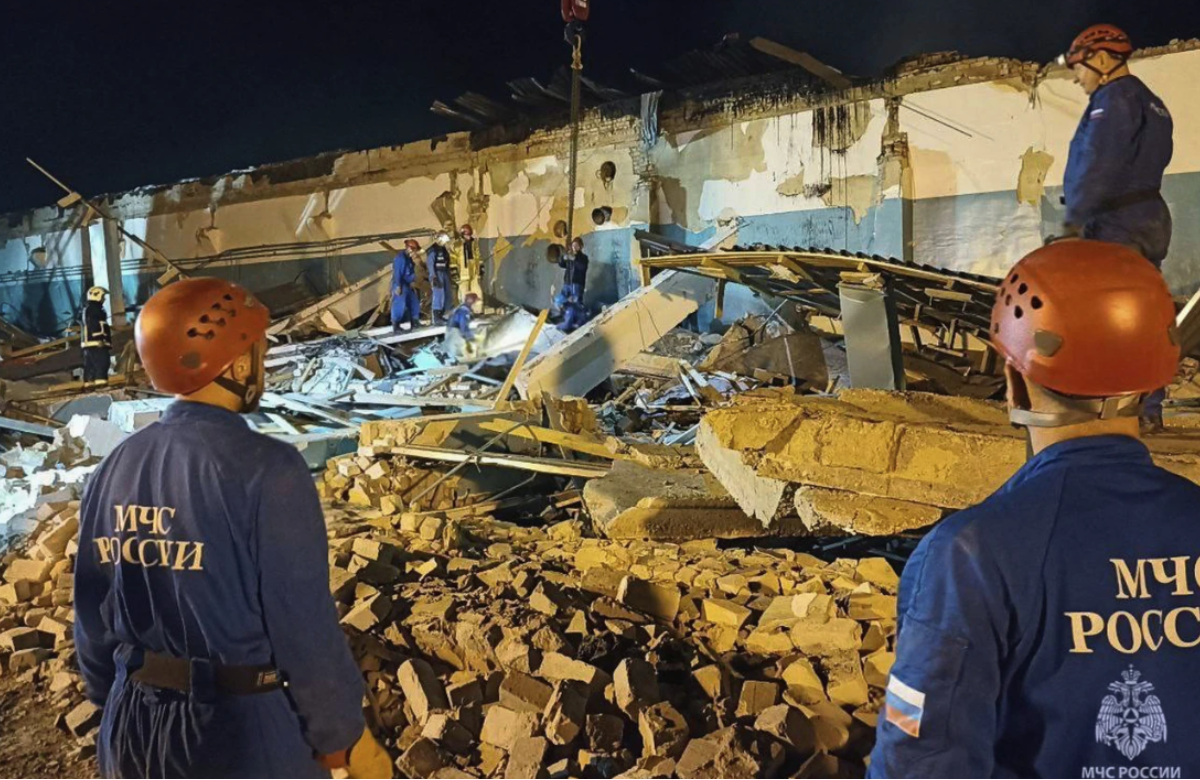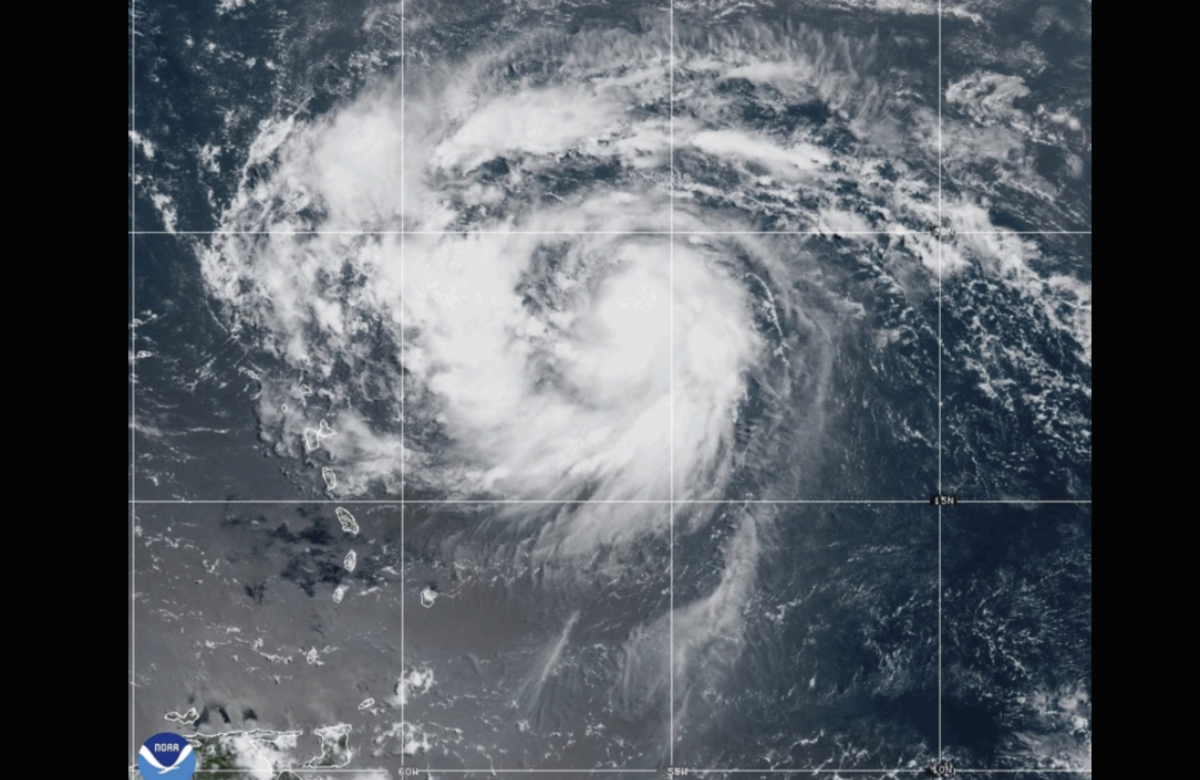King Charles III is set to deliver a speech outlining the priorities of Canada’s new Prime Minister, Mark Carney, at the Canadian Parliament on Tuesday. This event is seen as a significant gesture of support amid recent annexation threats made by U.S. President Donald Trump.
Trump’s repeated remarks suggesting that the U.S. might annex Canada led Prime Minister Carney to invite King Charles to give the speech from the throne. As Canada’s head of state and a member of the British Commonwealth, Charles’ presence underscores the country’s constitutional monarchy and distinct national identity, according to Carney.
It is unusual for the monarch to deliver the speech from the throne in Canada. King Charles’ mother, Queen Elizabeth II, performed this duty only twice during her seven decades as monarch, with her last speech given in 1977.
The speech itself is not authored by the king or advisors from the U.K., as Charles serves as a neutral figurehead. He will read the speech prepared by Canada’s government.
On Monday, Prime Minister Carney, a former head of the Bank of England, and Mary Simon, Canada’s first Indigenous governor general and the king’s representative, met with King Charles ahead of the address.
While Canadians generally show indifference toward the monarchy, Carney is keen to highlight Canada’s sovereignty and its differences from the United States. The king’s visit emphasizes this distinction clearly.
Carney secured his position as prime minister partly by pledging to stand firm against the increasing hostility displayed by President Trump.
Meanwhile, the new U.S. ambassador to Canada, Pete Hoekstra, downplayed the need for symbolic gestures or messages between the two countries, suggesting that direct communication such as phone calls would be more effective than public displays.
Daniel Beland, a political science professor at McGill University, noted that King Charles will likely add brief introductory remarks to the speech, and observers will be closely watching these comments with Canada’s sovereignty in mind.
On the day of the speech, King Charles and Queen Camilla will travel to the Senate of Canada Building in a horse-drawn carriage, accompanied by 28 horses. Upon arrival, a guard of honor composed of 100 members of the 3rd Battalion, Royal Canadian Regiment, will give the Royal Salute before the king enters the chamber to deliver his speech.
After the address and a visit to Canada’s National War Memorial, King Charles will return to the U.K.
Canadian royal historian Justin Vovk compared the current visit to Queen Elizabeth’s 1985 opening of Parliament in Grenada, another Commonwealth member. This visit came two years after a U.S.-led invasion of Grenada in 1983, which took place without consulting the British government following the assassination of the country’s Marxist prime minister, Maurice Bishop.
This historic parallel highlights the ongoing importance of the monarchy’s role in supporting the sovereignty and identity of Commonwealth nations like Canada.
